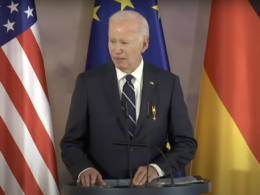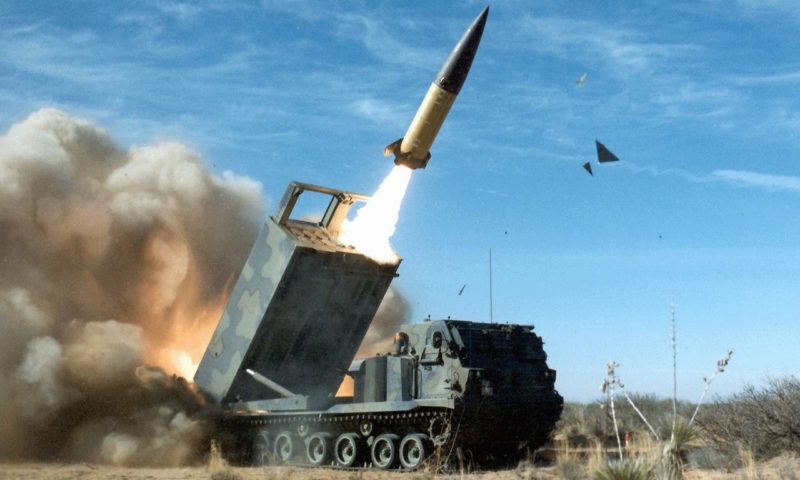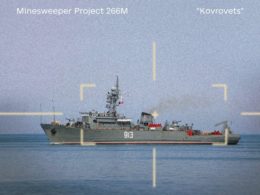
Credit: Planet Labs.
"Recent imagery of Russia's Taganrog air base shows several helicopters and large aircraft alongside vehicles and equipment. This base is one of several used by Russian aircraft operating over Ukraine," Brady Africk commented.According to satellite images from Planet Labs, there were at least 21 Ka-52 and Mi-8 attack helicopters at the Taganrog air base close to the Ukrainian border as of 31 October. According to Brady Africk, these were the same helicopters that the Russian army kept at the airport of occupied Berdiansk before Ukraine struck it with ATACMS missiles on 17 October 2023. Russia relocated the helicopters from Berdiansk to Taganrog on 29 October, less than two weeks after the Ukrainian ATACMS strike. The satellite imagery proved that Russia relocated helicopters to the Taganrog air base, previously used as a site for Su-25SM3 fighter jets. It is unclear whether Russia transported the helicopters damaged by the ATACMS strike by land or whether the surviving helicopters flew from Berdiansk to Taganrog on their own.
Oryx confirms Ukraine destroyed nine Russian helicopters with ATACMS missilesThe Russian army used these helicopters to pound Ukrainian mechanized brigades in the Zaporizhzhia sector of the southern front. The distance from Ukrainian-controlled Robotyne in the Zaporizhzhia Oblast, where the Ukrainian counteroffensive is ongoing, to Berdiansk is around 120 kilometers. Such proximity allowed Russian helicopters to reach the frontline within around 15 minutes. The distance from Taganrog to Robotyne is over 260 kilometers, which doubles the approach time of Russian attack helicopters and increases fuel consumption for maneuvering. The claimed practical range of the Ka-52 attack helicopters is up to 480 kilometers, according to Defense Express, a Ukrainian OSINT analytical group. Defense Express does not rule out the possibility that the Russian military command plans to use the Taganrog air base not only as a new landing site for their attack helicopters but also as a "staging area" for repairing army aircraft in case Ukraine strikes Russian-controlled airfields with ATACMS again. On 17 October, Ukraine struck Russian-occupied airfields in Luhansk (eastern Ukraine) and Berdiansk (southeastern Ukraine) with ATACMS missiles. Luhansk is Ukraine’s easternmost regional capital, occupied by Russia since 2014. Berdiansk is a southern port city in Zaporizhzhia Oblast that Russian forces occupied at the beginning of the full-scale invasion of Ukraine last year. On 19 October, the US announced its plan to supply more ATACMS long-range missiles to Ukraine, as stated by the foreign minister. One day before, the Institute for the Study of War (ISW) reported that the US-made ATACMS missiles were posing a new threat to Russian troops, forcing them to adapt to Ukraine’s new strike capabilities. On 21 October, Ukraine’s Defense Minister highlighted the significant impact of ATACMS on the battlefield, discussing Russia’s aggression against Ukraine in a phone call with Lloyd Austin. Related:
- Ukraine's Defense Minister: ATACMS have significant impact on the battlefield
- British intel: Ukraine’s strikes at Berdiansk and Luhansk airfields reduce Russia's capabilities at the front
- Operation Dragonfly: Ukraine claims destruction of Russia's nine helicopters at occupied Luhansk and Berdiansk airfields
- Frontline report: Ukraine showcases power of ATACMS missiles against Russian airbases
- ISW: Russia facing new threat after Ukraine receives US-made ATACMS missiles





